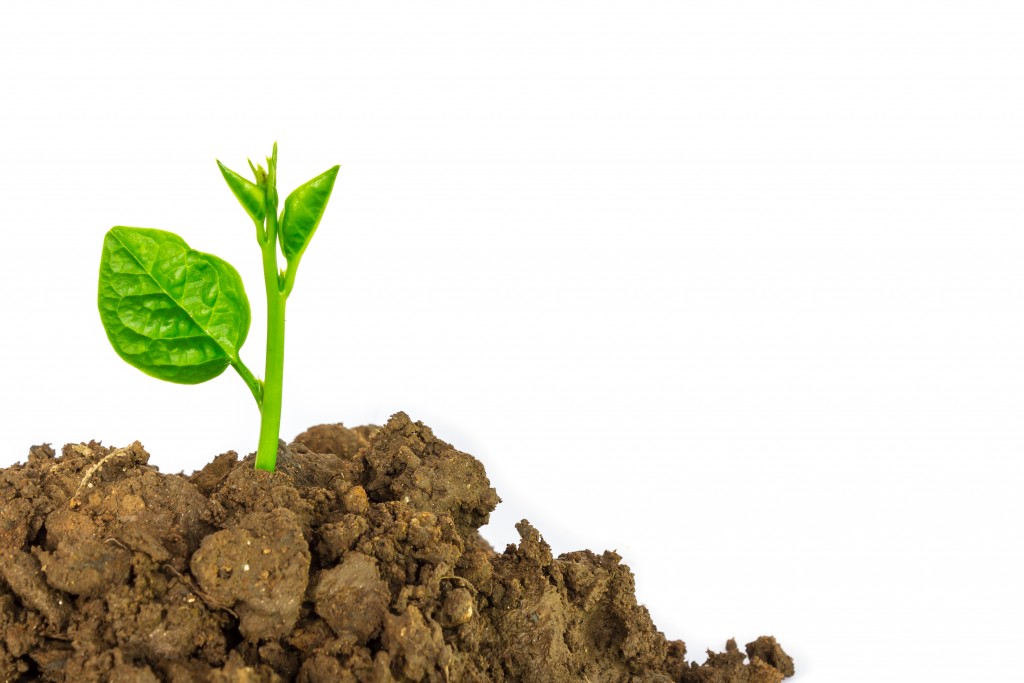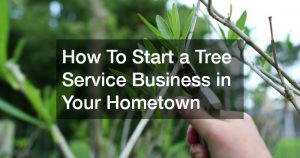With the pandemic causing a rise in plant sales, doing a business out of producing ornamental plants sounds like a good idea. However, starting a greenhouse business isn’t as easy as it seems; it takes a lot of time, effort, planning, and money. In this guide, we’ll cover the essential steps you need to start your own greenhouse business.
Do a Feasibility Study
This is the first and most important step you should take before starting a business. Never underestimate market research because identifying your niche market will help you establish your brand and ensure that potential customers will buy from your business instead of your competitor’s.
You should consider some key information: your community’s population, income levels, unemployment rate, and community member’s ages. It’s also a good idea to consider any local farmers and grocers in your area. After, use this data to calculate the projected growth of your business.
Plan Your Crops
The next step is to determine what type of crops you’re going to grow. You’ll need to conduct another round of market research to see what plants are popular in your community. You can do this by consulting literature from Garden Center, Greenhouse Grower, and GrowerTalks. These will help you keep up with the latest industry trends. You can also study up on your competition, see what they lack as a business, and build your business on that. When you’ve chosen your produce, do your research on the ideal soil, planting times, and growing conditions.
It’s also important to remember that today’s market is driven by three things: color, newness, and variety. Customers want colorful blooming plants, new items, and options to choose from.
Consider the Size of Your Operation
Planning how big you want your business to be will help you figure out the number of crops you’ll need to grow to make a profit. You can cut down on overhead costs by selling a variety of produce in different sizes. This will keep your customers happy by allowing them to choose from a variety of options. You can also consider adding to your income by selling cut flowers, pots, or other plant-related items.
Contact Your Zoning Authority
You’ll need to learn the rules and regulations of your area before building your greenhouse. Consider securing land outside of the city limits, but you’ll have to make sure that you choose a location near a busy road to attract local traffic. When choosing a space, you’ll also have to consider how much space you need for your business while taking into account the land’s soil, water supply, run-off, shade, slope, and access to necessary utilities.
If you’re considering growing organic produce, you need to make sure that your land has been pesticide-free for at least 3 years. You’ll need to be able to certify your produce as well.
Design Your Greenhouse

Once you’ve secure the land for your greenhouse business, it’s time to decide whether you’d like to build a greenhouse from scratch or purchase a ready-made one. Whichever option you choose, you’ll need to consider the following things: the environment your plants need, what materials you want for your greenhouse, insulation, ventilation, and shade. Don’t forget to add a proper irrigation system, fertilizer system, benches, and wire shelving to keep your greenhouse running properly in any season.
In the summer, when the temperature rises, you’ll find yourself watering your plants more. If you want to save on water and help your plants grow faster, consider getting a shade cloth or window shade that can help reduce the amount of light and heat inside your greenhouse. The former is cheaper in terms of material, but the labor costs will add up as you’ll need to reapply every year. On the other hand, the latter is a cheaper and more dynamic option as it can open and close depending on environmental conditions.
Make Your Purchases
Once everything is ready, it’s time to purchase your seeds, plugs, or cuttings. If you’re buying a large quantity, try to look for wholesale suppliers to help you get more for less.
Market Your Products
The last but one of the most important steps to ensuring a successful greenhouse business is to market your business and products. Considering the ongoing pandemic, local farmer’s markets might not be your best bet. Instead, you can advertise your business online by creating a social media page and building a website where you can show off your product catalog for potential customers to browse through.
With these steps, you’ll be able to start up your greenhouse business. Like with any business, try to experiment when it comes to your catalog and business strategies. Once you see what works and what doesn’t, you’ll be able to run your business smoothly.





